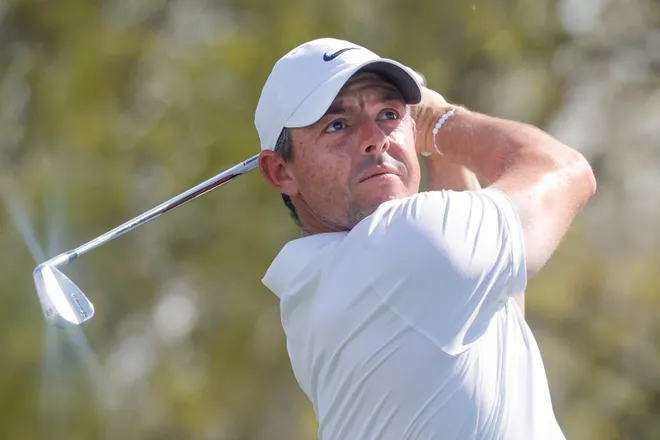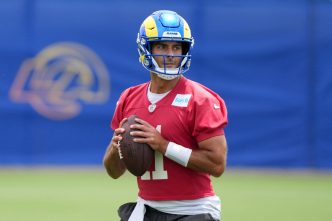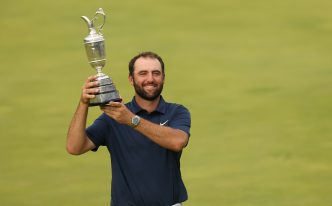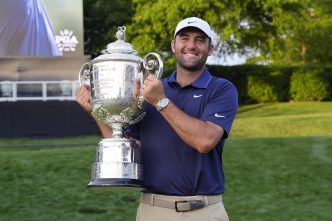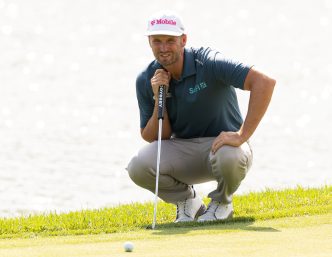OAKMONT, Pa. — Rory McIlroy had an interesting outing during a recent scouting trip to Oakmont Country Club, where he posted an 81, complete with two birdies on the last two holes. “The pins were in tricky spots, and the greens were rolling at 15½,” McIlroy noted, characterizing the conditions as particularly challenging. Despite the score, he felt good about his play, saying, “It didn’t feel like I played that bad.”
Looking ahead to this week’s U.S. Open, McIlroy remarked that the course conditions seem more forgiving than the last time he faced Oakmont in 2016, when he unfortunately missed the cut. The abundance of rain in the area has softened things up, making it a different beast this time around.
Joining him on the course for a practice round was Shane Lowry, and McIlroy reflected on how this week’s setup allows for a more strategic approach. “It’s a little softer, and the pins won’t be on steep slopes all the time. If you find the fairway, it’s certainly playable,” he said. His strategy? Focus on making pars and picking up birdies whenever possible, admitting that some pars will feel like victories in this unforgiving environment.
The challenge Oakmont poses is significant, with its large, undulating greens demanding precision. The real test, however, begins off the tee. McIlroy understands that the thick, deep rough surrounding the tight fairways can be punishing. Though driving has long been a strength for him—he is currently second on the PGA Tour in strokes gained off the tee this season—his recent performances have revealed struggles in that department. After a hiccup with a nonconforming driver at the PGA Championship, he made changes to his equipment at the RBC Heritage, but hit only 42% of fairways, including just four in a rough second round that saw him shoot an 8-over 80.
At renowned courses where McIlroy has thrived, like TPC Sawgrass and Augusta National, missing a fairway hasn’t always spelled disaster. His ability to make recovery shots has often propelled him up the leaderboard. But Oakmont demands precision, and its players know that hitting the fairway is critical for success. “Miss a fairway here, and your options are limited unless you find yourself in a favorable spot,” he explained.
For the U.S. Open, McIlroy has settled on using last year’s TaylorMade driver model, which mirrors the settings of the club he wielded during his Masters victory. After the challenges he faced recently, McIlroy expressed optimism about his driver performance ahead of the tournament. “I feel a lot more confident with the driver now. Hopefully, I can find the fairways more consistently and create more scoring chances.”
Those chances might be elusive; back in 2016, only four competitors finished under par. Yet McIlroy’s evolution since then can’t be overstated. After grappling with three missed cuts from 2016 to 2018, he committed to refining his game and tackling the U.S. Open’s demanding setups. Since making that change, he’s recorded six straight top-10 finishes, notably securing second place in the last two years.
“I’ve definitely gained confidence as a U.S. Open player. I’m much more comfortable with those fast, firm conditions we saw at Pinehurst and LACC,” McIlroy noted. “What once was my least favorite major has evolved into my favorite because I relish the challenge it presents.” Expect McIlroy to be ready to tackle Oakmont head-on, demonstrating the resolve and skill that have made him a formidable presence in the sport.


